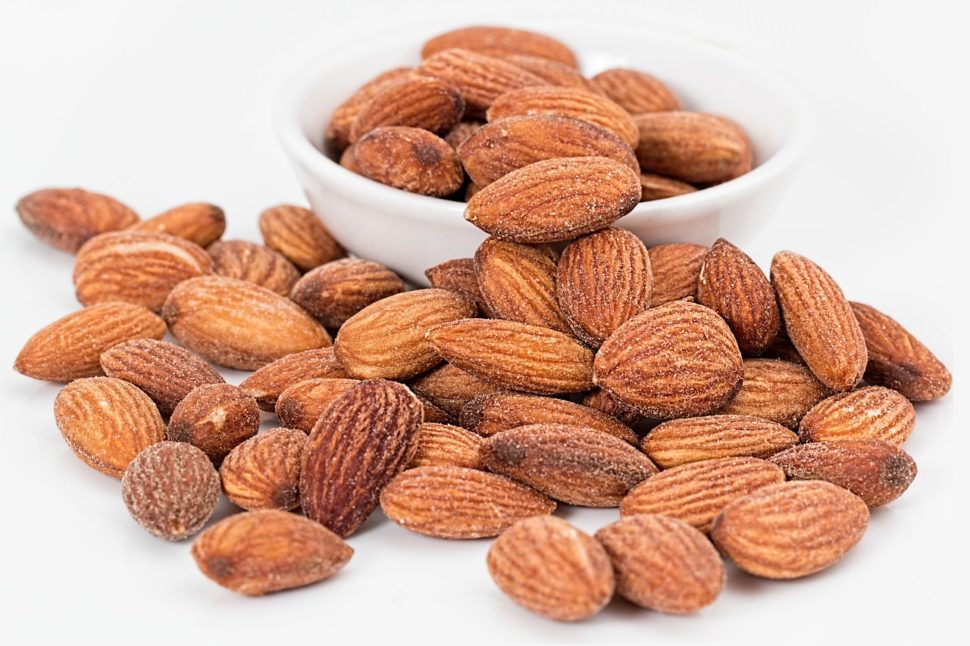A group of researchers from different European countries has discovered the genetic difference between the sweet domesticated almonds and the bitter almonds found in the wild. It began with sequencing the almond genome.
Almonds have been part of the human diet for thousands of years, long before the growers domesticated and sweetened the fruit.
The almond is native to Iran, Central Asia, and the surrounding countries. However, the fruit quickly spread from the shores of the Mediterranean into the heart of northern Africa, then across southern Europe.
More recently, almond made its way to the rest of the world, including California.
It’s unclear when the domesticated species first appeared. However, early writings of Greek breeders described how they inserted chunks of pine into the trunks of almond trees.
While this resulted in sweeter fruits, researchers believe that the act stressed the tree. As a result, they are unable to produce amygdalin – the toxin responsible for the bitter taste.
In this recent study, the researchers sought to understand the genetic differences between the bitter almonds and sweet varieties.
Identifying the Amygdalin-Producing Genome in Bitter Almonds
The initial plan was simple; to sequence the genome of the almond and study the differences between the varieties. That way, scientists can conveniently identify the amygdalin-producing genome.
Unfortunately, the process was far from convenient.
The researchers spent two years studying and comparing the various varieties of almond. In the end, they identified a protein called bHLH2 and how it affects the fruit’s taste.
The protein bHLH2 binds itself to two genes in the wild almond trees. As a result, the tree produces amygdalin, for that bitter almond taste.
In the sweet domesticated variety, on the other hand, the researchers noted that the bHLH2 version was mutated. As such, the protein could not bind with the genes necessary to produce amygdalin.
Almond growing is booming in the United States. According to recent statistics, California alone exported about 2.35 billion pounds of the nuts in 2018.
With their findings, the researchers believe they could improve the efficiency of growers.
Human cultivation doesn’t always go as planned. Some almond trees grow into the wild version with the normal bHLH2, and farmers can’t identify them until they produce fruits.
The findings provide a way to test the fruit as soon as they sprout. That way, growers can identify and remove the bitter nuts.



Comments (0)
Most Recent